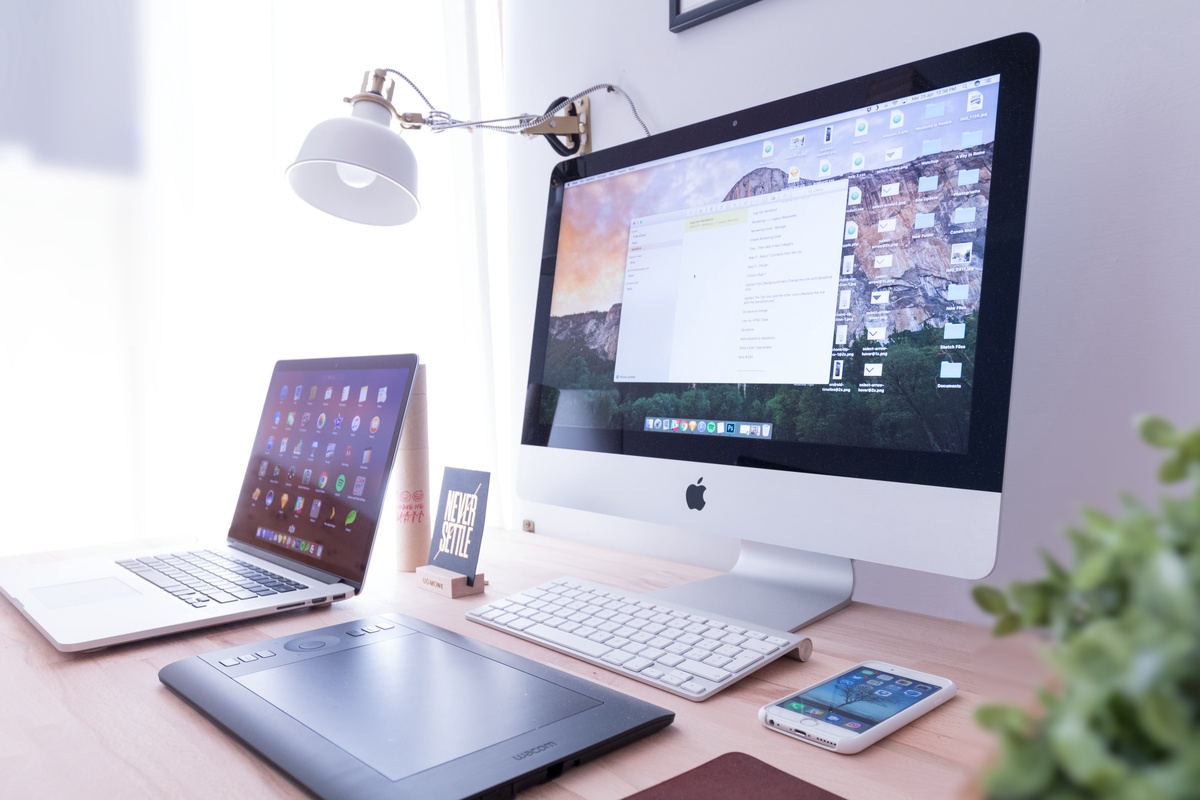Facial analysis is no longer something new or unfamiliar. It has become the main alternative to passwords for digital devices, providing increased convenience and greater security. As an example, Apple’s Face ID has already replaced Touch ID and is considered a much safer option.
This technology is being utilized in various ways by universities, government institutions, and even churches. Some countries use facial recognition to catch rule breakers, while certain religious organizations apply it to monitor people’s attendance. All in all, facial analysis has already gone a long way, and now, any AI face analysis tool can accurately determine an individual's facial features in just a few seconds.
Being initially used in security and surveillance, it has now started to penetrate into more and more industries and win over more and more spheres. Medicine, sports, finance, gaming, beauty. The number of areas influenced by this technology is really enormous.
But what are the most effective ways for brands to utilize facial analysis? Let's take a look at the top 5 methods for companies to incorporate this technology into their strategies.
- Customer Mood and Feeling Assessment
Facial recognition and analysis can help business owners see how their customers react to their products here and now. This way, brands can adjust their general message and tactics to create a more personalized and satisfying experience for their customers. Plus, they can make the necessary changes to their store layout, product offerings, and customer support based on clients' emotional responses. This may not only help them improve customer satisfaction but can also lead to increased customer loyalty. For example, Walmart, the US multinational retail corporation, uses facial analysis software to notice unhappy customers. The main aim of its use is to prevent the loss of loyal customers due to poor service. So, if the system identifies an irritated or dissatisfied buyer, the store employees will be immediately notified about that and address any issues the person may have.
Thus, mood and feeling assessment is a valuable tool for brands looking to improve their customer engagement and experience.
- Employee Assessment
This works the other way round too. By analyzing employees' facial expressions and body language during their interaction with customers, brands can determine the employees who give the best customer service to reward them later. Also, it can identify those workers who need to improve their customer service skills and provide a special training for them afterwards. This helps brands create a positive work environment and improve overall customer satisfaction. For example, the retail giant, Tesco, uses facial recognition technology to assess customers’ emotional reactions. By the way, recently, it has become one of the UK supermarkets to test facial age estimation with the help of this technology.
- Preferences Analytics
Brands can also use facial analysis in retail to gather information about their customers and their preferences. By analyzing facial expressions and eye movements, they can determine people’s emotions and their level of engagement with specific products. This information can then be used to improve the overall customer experience and make necessary adjustments to their marketing campaigns. For example, Uniqlo, a Japanese retail company, utilizes UMood kiosks to gauge customer reactions to clothing items on display. The kiosks measure a viewer's emotional response through their neurotransmitters, helping the retailer understand which products are most appealing to customers and even providing them with items they may not have realized they wanted to purchase.
- Marketing Campaign Testing
Brands can utilize facial analysis to assess the effectiveness of their advertising campaigns. By analyzing customers' facial expressions and emotions while viewing an advertisement, companies can determine which ads generate the most positive reactions. Based on this information, they can improve their marketing strategies for greater impact. One example is Procter & Gamble, a consumer goods company that uses facial analysis technology to monitor customers' emotional response to their advertisements. This way, they can determine which ads are well-received by their customers and make changes to their marketing strategies accordingly.
- User Experience Testing
Brands can utilize facial analysis technology to assess the customer's experience when using their products or interacting with their website or app. The analysis provides an in-depth understanding of customers' emotions, including attention, engagement, frustration, and satisfaction, which is crucial in enhancing the user experience. This information can be used to make necessary improvements to the product, ensuring that it meets the preferences and needs of the target audience. Companies can gain valuable insights into the overall user experience, making it possible to design and develop products that will be well received by their audience.
- Customization
Gone are the days when cookie-cutter approaches were sufficient for capturing customers’ hearts. Today, customization is key. And the beauty industry, in particular, has been quick to embrace the personalization trend, leveraging facial analysis technology to deliver the most individualized experiences to customers. From virtual makeup try-on tools to AI-powered recommendations, beauty businesses are transforming the customer journey with this cutting-edge technology.


No comments yet